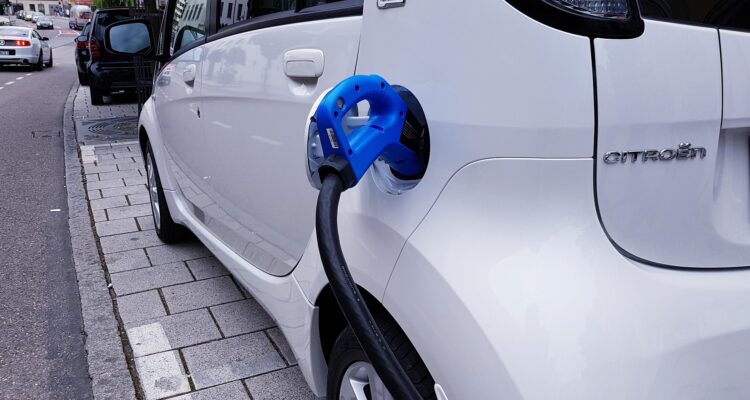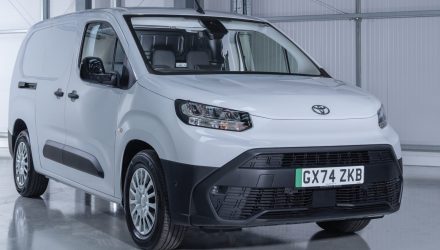Following the first full month of Electric Car Grant operation, with more than 20 eligible models, New AutoMotive research has found modest evidence of switching from battery electric models which are not eligible for the ECG to eligible models offered by the same carmaker, “That fuzzy feeling: a first analysis of the impact of the Electric Car Grant” shows.
However, there was little evidence that the grant was encouraging consumers to switch to eligible models overall. The market share of battery electric models eligible for the ECG was 23.8% in September, unchanged on the the share of the same models before the scheme was announced. This suggests that overall the scheme risks giving consumers money off cars they would have bought anyway.
David Farrar, Policy manager for New AutoMotive, said: “The Electric Car Grant has sent a strong signal of government commitment to EVs, supporting consumer confidence, the expanding used market and green jobs in markets closer to home. But it isn’t yet clear that it’s prompting consumers to consider buying cars that they wouldn’t have gone ahead and bought anyway. The fund, which looks likely to be spent early, can support a maximum of 400,000 buyers. Policies at no taxpayer cost at all could support 10 million in making the switch by lowering the cost of public charging and making it easier to charge at home.”
New AutoMotive believes that the Government should increase its focus on tackling the unfairness between home-owners with driveways on the one hand, and the approximate 10 million renters, leaseholders and those who cannot park off-street on the other. For the second group, the switch can result in running costs which are seven times as high as those faced by the first (ZapMap report 51p per kwh for slow public charging, compared with a typical 7p per kwh for home off-peak charging)
This report findings showed a wide variation between models – the Nissan Ariya and especially the Ford Puma saw a big increase in market share, whilst many other models saw a decline. Manufacturer-funded “ECG-style” grants from MG and Volvo also appear to have been successful in boosting these firms’ market share.
New AutoMotive makes it clear that these are early results, and they cannot measure the effect of the ECG in boosting interest in EV purchase more broadly. The grant’s creation has triggered advertising from the firms offering Government-funded grants, firms offering their own self-funded grants and the firms not offering grants but determined to prove that their product is still worth it. And the temporary nature of grants means that they will be starting conversations and drawing people in.
However, the cost of the first full month of ECG operation could have been as high as £31m, with Ford, VW Group and their customers accruing just under two-thirds of the benefit. Taking account of the growth in battery electric registrations and the likely increased numbers of eligible vehicles, the fund could be exhausted two full years early, during 2026/2027.






